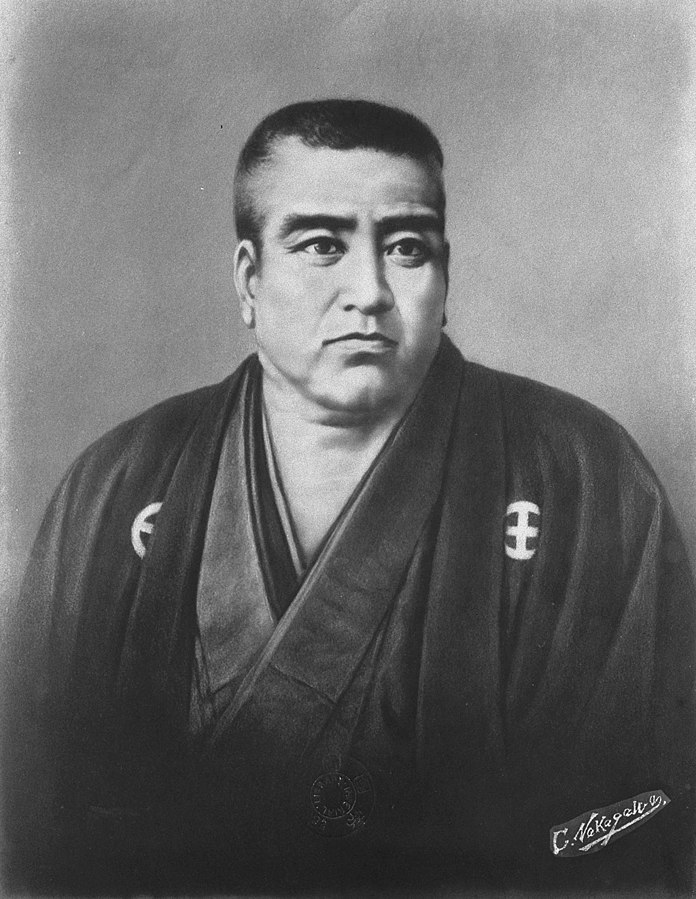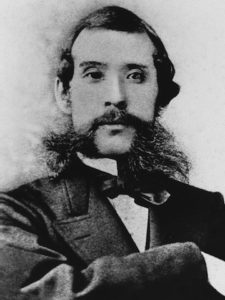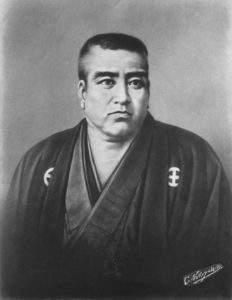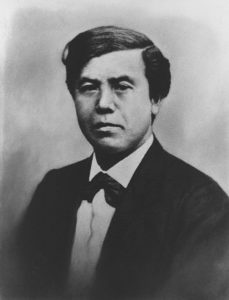
“Ishin no Sanketsu” of the Meiji Restoration
The Tokugawa shogunate, also known as the Tokugawa or Edo bafuku, was the last feudal Japanese military government that ruled over Japan from 1603 to 1868. During this time, the heads of the Japanese government were called shoguns and each one came from the Tokugawa clan. The Tokugawa bafuku came to an end due to many causes. One was that the Japanese were behind the rest of the world because their ports were not open to trade. This realization brought about the next era in Japanese history, the Meiji Restoration. Meiji means “enlightened rule.” Its leaders’ goal was to restore imperial rule to strengthen Japan against colonial powers during that time by combining “western advances” with traditional “eastern” values.
Three great Japanese nobles played an important role in the Meiji Restoration. They came to be known as Ishin no Sanketsu (維新の三傑 , Three outstanding heroes in the restoration).
Ōkubo Toshimichi (1830 – 1878) – a samurai of Satsuma and a statesman, he appointed young dynamic leaders in the government and promoted industrial development such as building roads, bridges, and ports. As Finance Minister, he enacted a Land Tax reform (Haitōrei Edict) that prohibited samurai from carrying their swords in public, and ended official discrimination of the burakumin, an outcast group at the bottom of the Japanese social order.
Saigō Takamori (1828 – 1877) – dubbed the “the last true samurai,” he was also a poet who wrote under the pseudonym Saigō Nanshū. He played a key role in the abolition of the han system (warrior estates) which was replaced by the system of prefectures. He was also essential in the establishment of a conscript army.
Kido Takayoshi (1833 – 1877) – an imperial advisor who helped draft the “Five Charter Oath” that outlined the objectives and the course of action to be followed during Emperor Meiji’s reign. He was especially interested in western educational systems and politics and advocated the establishment of a constitutional government.
The three Japanese nobles, Ōkubo, Saigō, and Kido, are remembered for their legacy in forming a provisional government that paved the way for Japan to become one of the world’s greatest countries.



